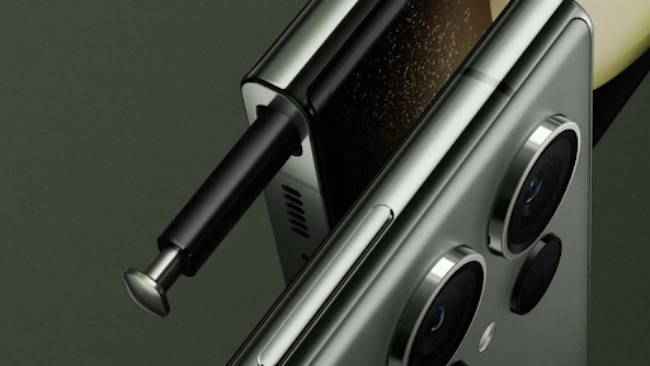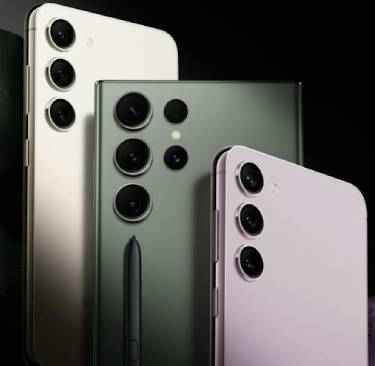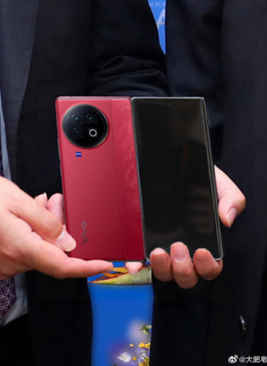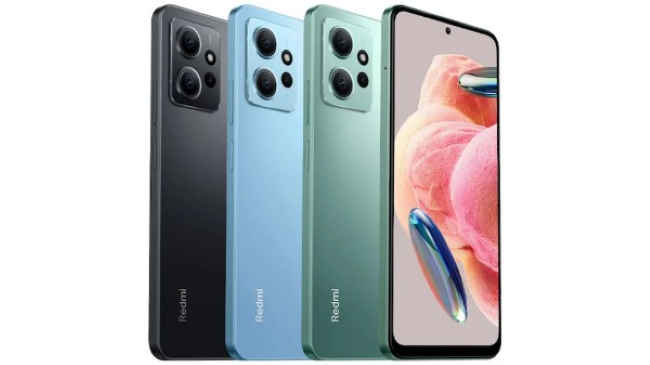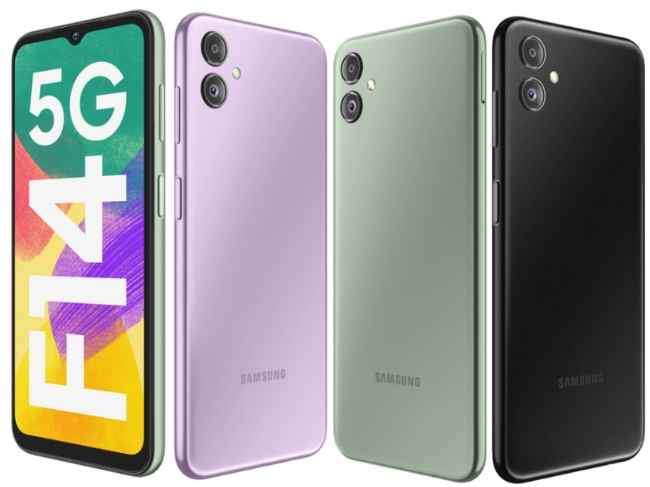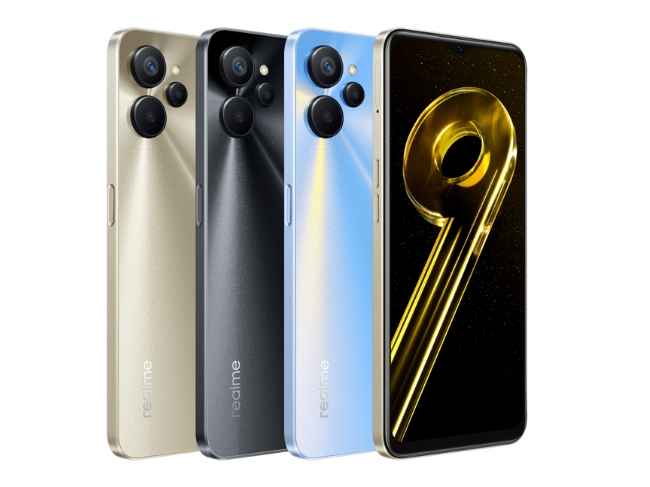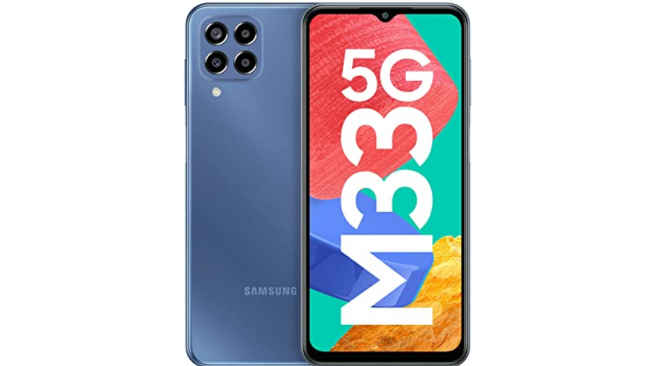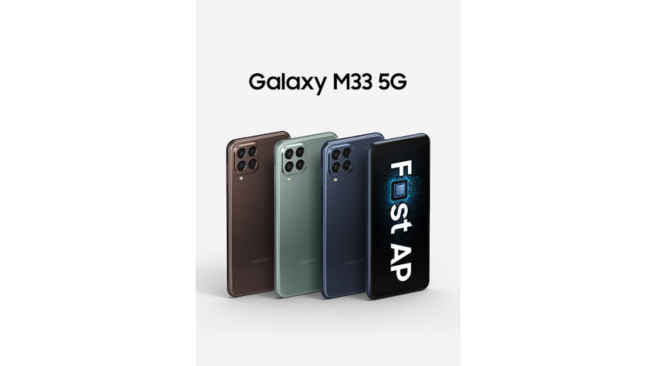Nokia X30 5G is priced at Rs 47,999 onwards in India, but we weren’t able to find much that justifies this price. Not to take away the credit, the Nokia X30 5G has a good design. I like how the smartphone looks, the in-hand feel, and the size. However, the moment you turn the smartphone on, it does not feel premium at all.
There is no doubt that smartphones are becoming more and more expensive with each passing day. Not too long ago, flagship smartphones cost somewhere around the Rs 40,000 mark. Today, some of the top flagships are priced at double or more the value. While the price rise is directly related to inflation, there are still some products that just don’t make sense in terms of their pricing. After testing the Nokia X30 5G smartphone for about a week, I can’t help but wonder the same about this smartphone. The Nokia X30 5G is priced at ₹47,999 in India, and for this price, you don’t get your money's worth. Here’s why:
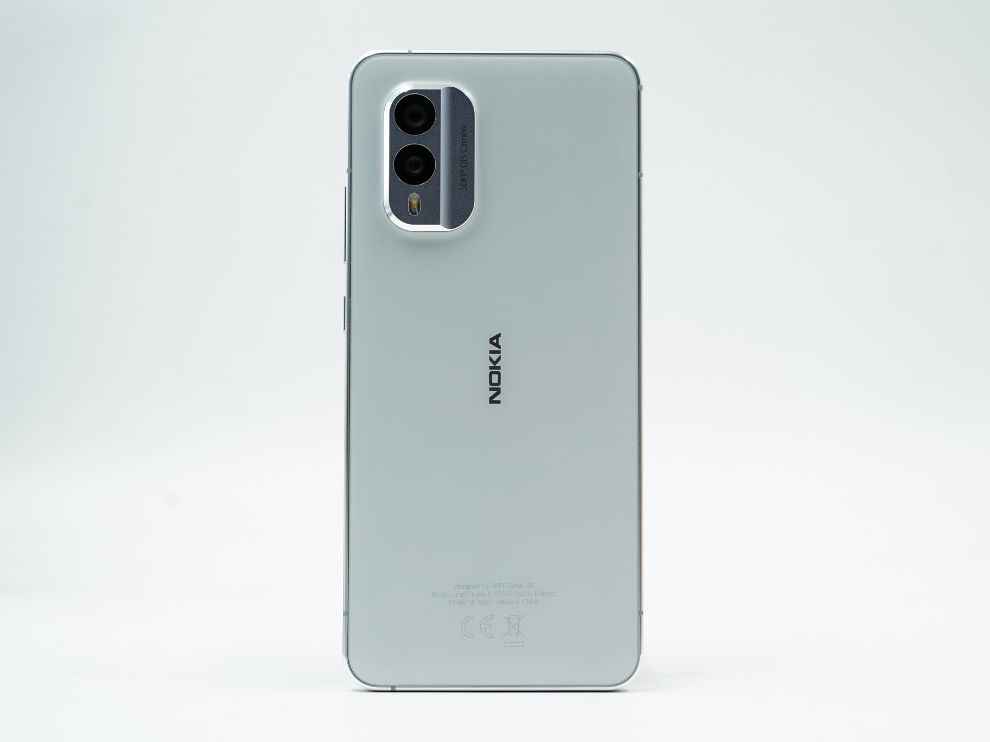
Nokia X30 5G: Design
Just by the looks of it, the Nokia X30 5G looks pretty nice. The smartphone isn’t too big or bulky, and it has a pretty good-looking back panel with a brushed silver camera module that sits proportionately on the top left corner of the back. The Nokia branding is bang in the middle of the back panel, and we get the regulatory stuff at the bottom.
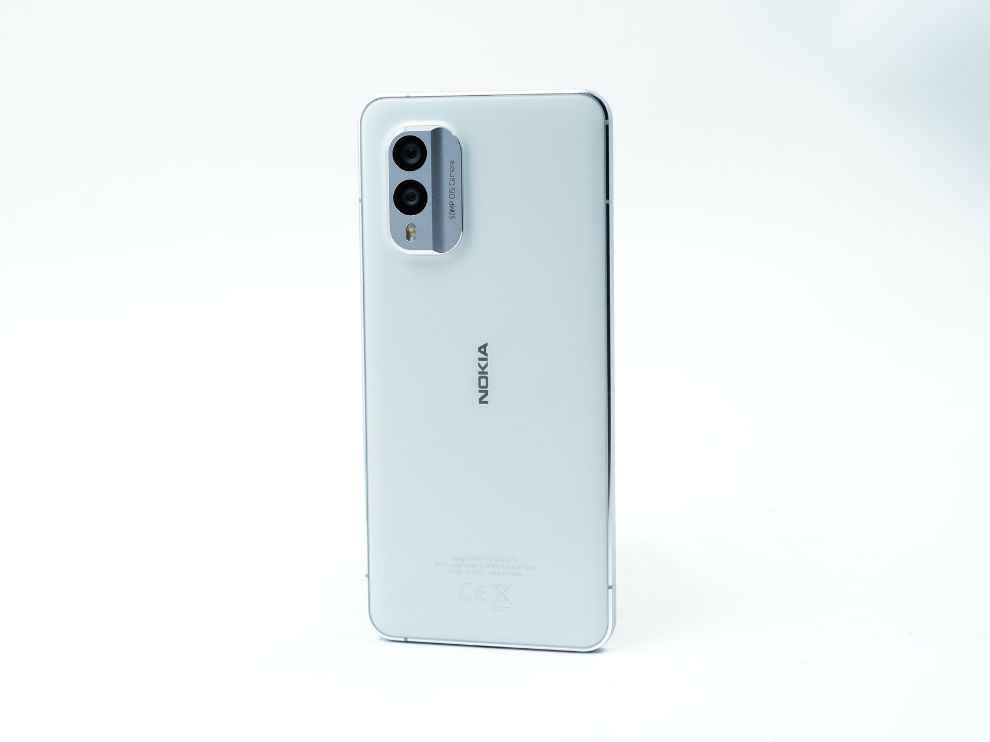
The back panel is polycarbonate. Nokia is going big on sustainability. The company’s most eco-friendly phone’s plastic back is made of 65% recycled plastic. The in-hand feel of this feels slightly better than regular polycarbonate backs. This feels denser. Further, we get an aluminium frame, which is made of 100 per cent recycled aluminium! That is good. The frame also feels pretty strong, adding to the overall in-hand feel of the Nokia X30 5G.
Up front, we get a pretty standard hole-punch display with symmetrical bezels. The chin and the top bezel here are thicker than the side bezels. Furthermore, the size is also very good. I’m a person who likes smaller smartphones and this, with the 6.43-inch display is pretty good. Not too big, not too small.
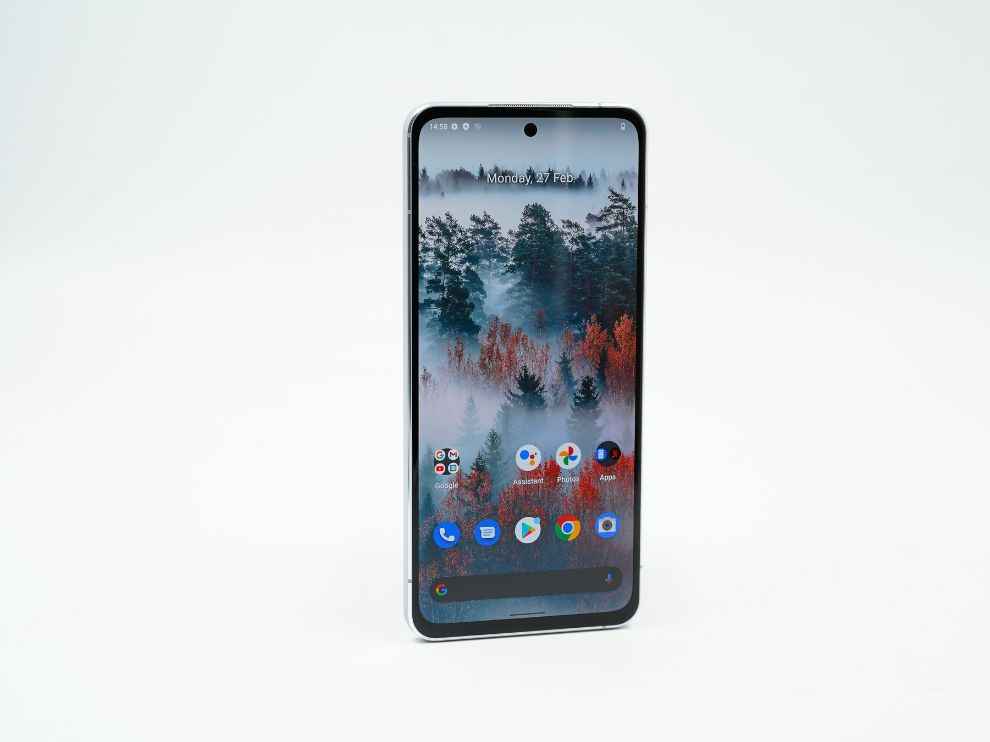
Overall, this is a good design approach from Nokia. The smartphone is easy to hold and use with one hand, the in-hand feel is decent, and it is made of eco-friendly materials. The camera module also looks good with the grey-white dual-tone finish and sits proportionately at the top left corner of the back.
Nokia X30 5G: Display
While everything is good in terms of design, it is the display where we start seeing the unjustifiable price tag of the Nokia X30 5G. The Nokia X30 5G has a 6.43-inch FHD+ AMOLED display with a 90Hz refresh rate. The display is also claimed to have a peak brightness of 700 nits.
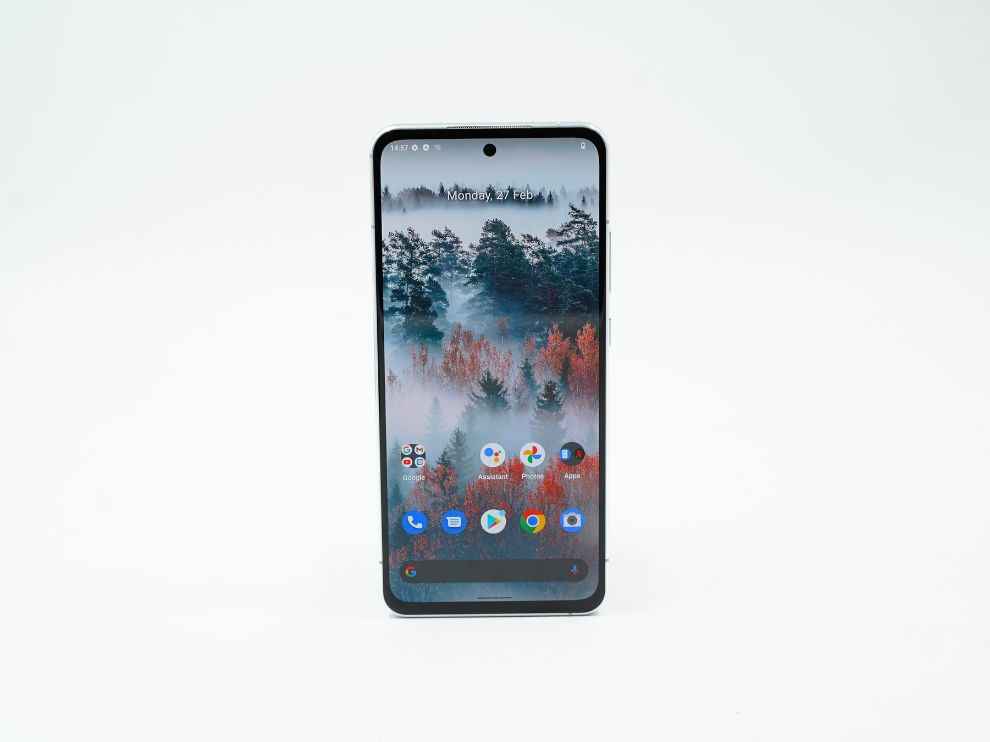
The picture quality of this display is decent. The colours are a bit saturated and bright, but that gives it a very vibrant and bright feel. This is an AMOLED panel, so the accuracy is good and the image is detailed, but the Nokia X30 5G does not support HDR, so you can’t watch HDR content on Netflix or YouTube, which is quite sad for a Rs 47,999 smartphone since there are options under ₹20,000 also that offer HDR support.
The Nokia X30 5G also lacks a few necessary display features. There is no setting to change the picture mode of the device. The refresh rate is 90Hz but you can’t lock it at max 90. There are only two settings - 60Hz and “Adaptive.” There is, however, an option to adjust the white balance.
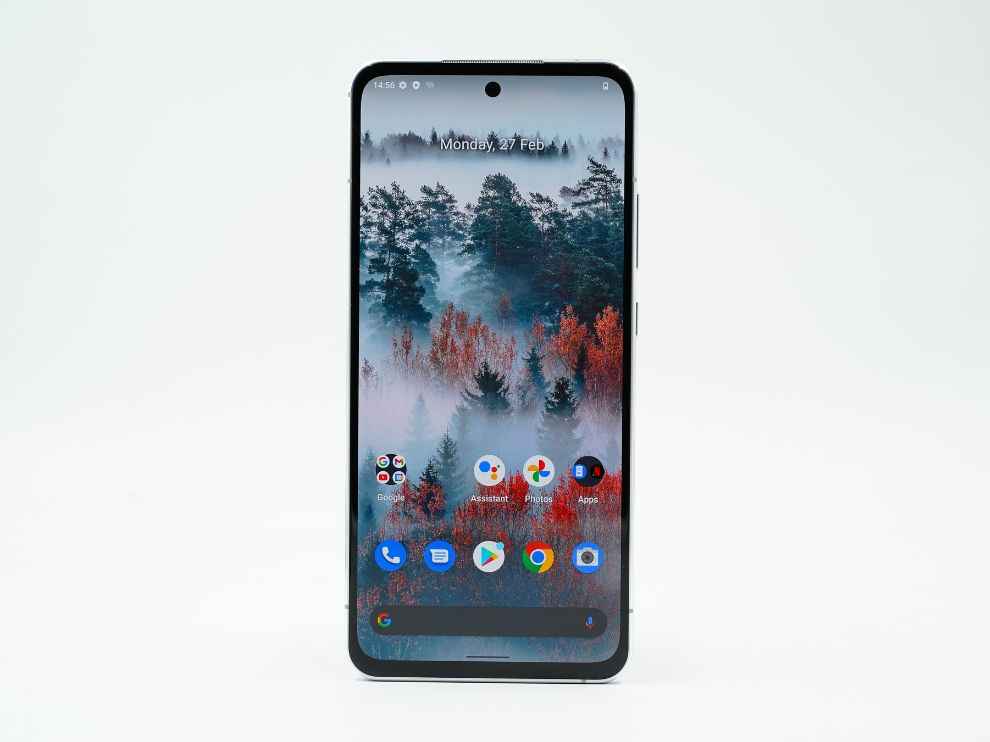
The Nokia X30 5G’s display is rated to have a peak brightness of 700 nits. In our Lux Meter test, the Nokia X30 5G showed better numbers than the claim. We tested the highest brightness of 812 nits and a minimum of 4 nits on a plain white screen. This is quite impressive since we rarely see smartphones putting out more numbers than a brand claims.
Overall, the display is good but not as good as we’d expect from a sub-50k smartphone. Moreover, there is a lack of some important features, and you can’t lock the refresh rate at the maximum 90Hz, which is a bummer.
Nokia X30 5G: Performance
Coming to performance, the Nokia X30 5G doesn’t even come close to the competition in terms of performance numbers and experience. The smartphone is powered by a Qualcomm Snapdragon 695 SoC, a chip that has become a sort of standard for smartphones around ₹20,000. However, on a ₹47,999 device, you’d expect the chip to be tuned in a different way. Now, the chip on the Nokia X30 5G has a higher clock speed for the small cores, but that does not affect the performance all that much.
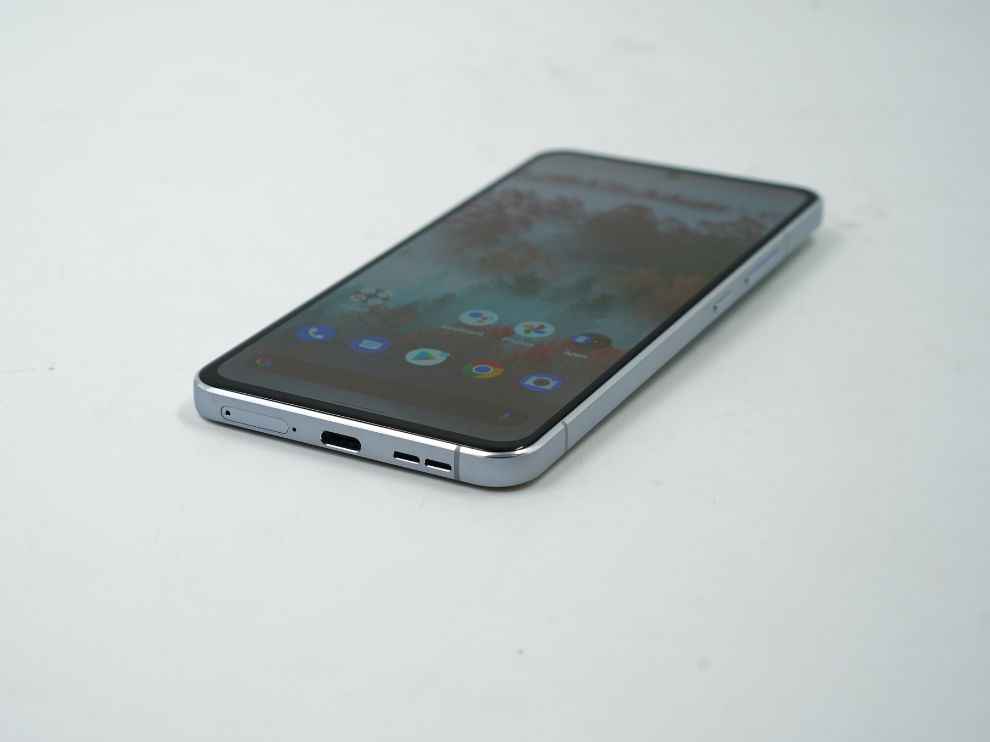
The benchmark numbers are much lower than what we have seen on devices in this range this year since most of them run on higher-end chipsets. To give an idea, the Nokia X30 5G scored 400,969 points on the AnTuTu benchmark. On Geekbench, the smartphone gave a single-core score of 904 and a multi-core score of 2099. These numbers are minuscule in comparison with other devices in this category. For example, the OnePlus 11R, which was launched very recently at a price of Rs 39,999 onwards (Rs 8,000 less than the Nokia X30 5G) showed us an AnTuTu score of 838,309 points, which is more than double that of the Nokia X30 5G.
On Geekbench also, the Nokia X30 5G is nowhere near the OnePlus 11R's scores, as you can see in the graph below. In other CPU-based benchmarks also, the difference between the Snapdragon 695 and Snapdragon 8+ Gen 1 is evident. On PC Mark, where the Nokia X30 5G scores 8,446 points, the cheaper OnePlus 11R scored 12,632 in our review.
Coming to GPU-based tests, the Nokia X30 5G again didn’t come close to the competition. The severely under-powered Snapdragon 695 runs on an Adreno 619 GPU, while the Snapdragon 8+ Gen 1 run on an Adreno 730 GPU. The difference in numbers - is 1211 in 3D Mark Wildlife, where the OnePlus 11R maxed out. On 3D Mark Wildlife Extreme (the same test for high-powered devices), the OnePlus 11R gave us a score of 2796 points. On the same test, the Nokia X30 5G gave us only 363 points. That should give you a fair idea about the smartphone’s performance, as compared to devices in the same budget, or even cheaper.
That is not all. Apart from benchmarks, the Nokia X30 5G doesn’t even use the latest standards for RAM and storage. For example, the smartphone uses LPDDR4X RAM and UFS 2.2 storage (UFS 3.1 for 256GB variant), while smartphones in this range are using LPDDR5 RAM and UFS 3.1 or UFS 4.0 storage. The storage benchmarks show underwhelming read and write speeds, and the smartphone’s multi-tasking is also not as smooth as you’d expect from a smartphone in this range.
Coming to gaming, the experience here is also pretty average. The Nokia X30 5G runs all games and runs them smoothly. I played games like Call of Duty: Mobile, and Asphalt 9 Legends on this smartphone, and the experience was nothing more than average. On Call of Duty: Mobile, for example, the smartphone doesn’t get the ‘Ultra’ setting for frame rate. The graphics look decent, and the smartphone doesn’t heat up too much while gaming.

Coming to the software, this is one area where I really liked the overall experience that the Nokia X30 5G offers. The smartphone runs on Android One, which is an almost stock Android, meaning there are no bloatware apps, no unnecessary features or permissions to deal with, and a very smooth and clean Android experience. I am personally a big fan of clean UIs and stock Android is probably the cleanest operating system out there. The setup process is also easy and we are not interrupted by annoying pop-ups and permissions while accessing new features.
Nokia X30 5G: Camera
Coming to the camera, the Nokia X30 5G uses a dual rear camera setup that includes a primary 50-megapixel shooter and a 13-megapixel ultra-wide angle shooter. Up front, the Nokia X30 5G has a 16-megapixel selfie shooter.
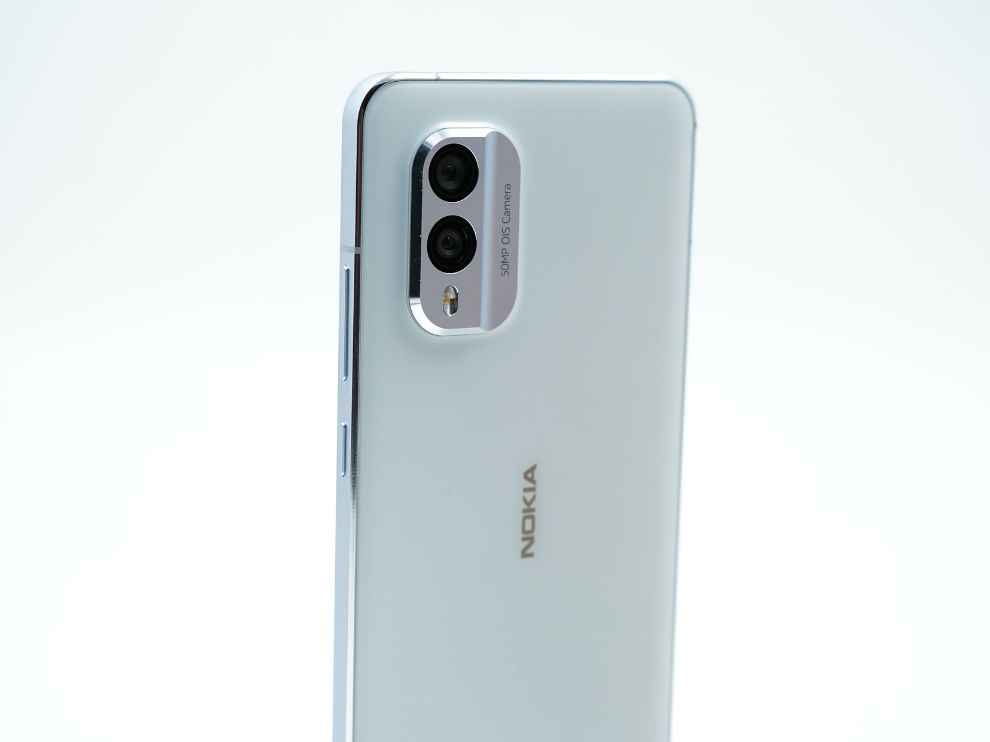
Images out of this camera are decent, but not at-par with competition. There is a certain level of detail that we see with these images, but the highlights are slightly blown up. In ideal lightning conditions like a sunny day, or in a well-lit room, the Nokia X30 5G takes good images. The images are sharp and the detail retention is also good. However, the camera struggles the moment lighting is not ideal.
In low-light shots, for example, the images lack sharpness. We get a bit of a hazy texture, and the Nokia X30 5G’s shutter speed becomes very slow, in order to let more light in. However, this also makes the chances of the image coming out blurred higher. There is a Night mode of course, but that doesn’t do much apart from blowing up the light. Now, this does make things better in terms of sharpness and visibility but messes up with other details like shadows.
Overall, this is a pretty average camera and not something you’d expect from a sub-Rs 50k device. The images are good enough for basic usage, but if you want to get a good, consistent camera that performs well in all aspects and offers better functioning features, you can look elsewhere. For example, the portraits or night mode on the Nokia X30 5G aren’t great.
Nokia X30 5G: Verdict
So that was our review of the exorbitantly-priced Nokia X30 5G. The smartphone is priced at ₹47,999 onwards in India, but we weren’t able to find anything that justifies that price. Not to take away the credit, the Nokia X30 5G has a good design. I like how the smartphone looks, the in-hand feel, the size, and such factors. However, the moment you turn the smartphone on, it does not feel premium at all. The display, the performance, the camera, the battery - there is nothing that justifies the ₹47,999 price tag.
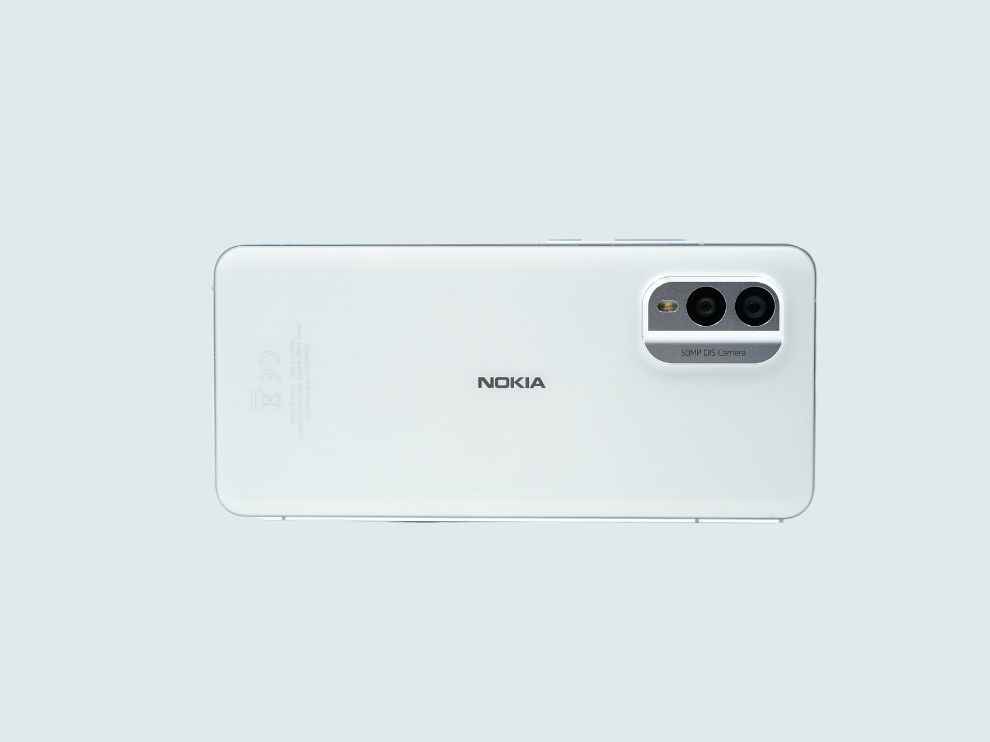
We understand that Nokia must be going for the experience, instead of just aiming for the numbers - something brands like Apple and Google go for. However, with those smartphones, we actually get a solid experience and there is some level of premium hardware involved. In both these areas, the Nokia X30 5G just falls short and can not be called a premium offering, despite the ₹47,999 price tag.
from Mobile Phones Reviews https://ift.tt/U8kSdB4
